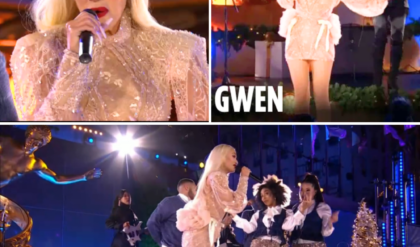Production designer Howard Cummings reveals that Fallout’s power armor suits have a secret connection to the MCU’s Iron Man.
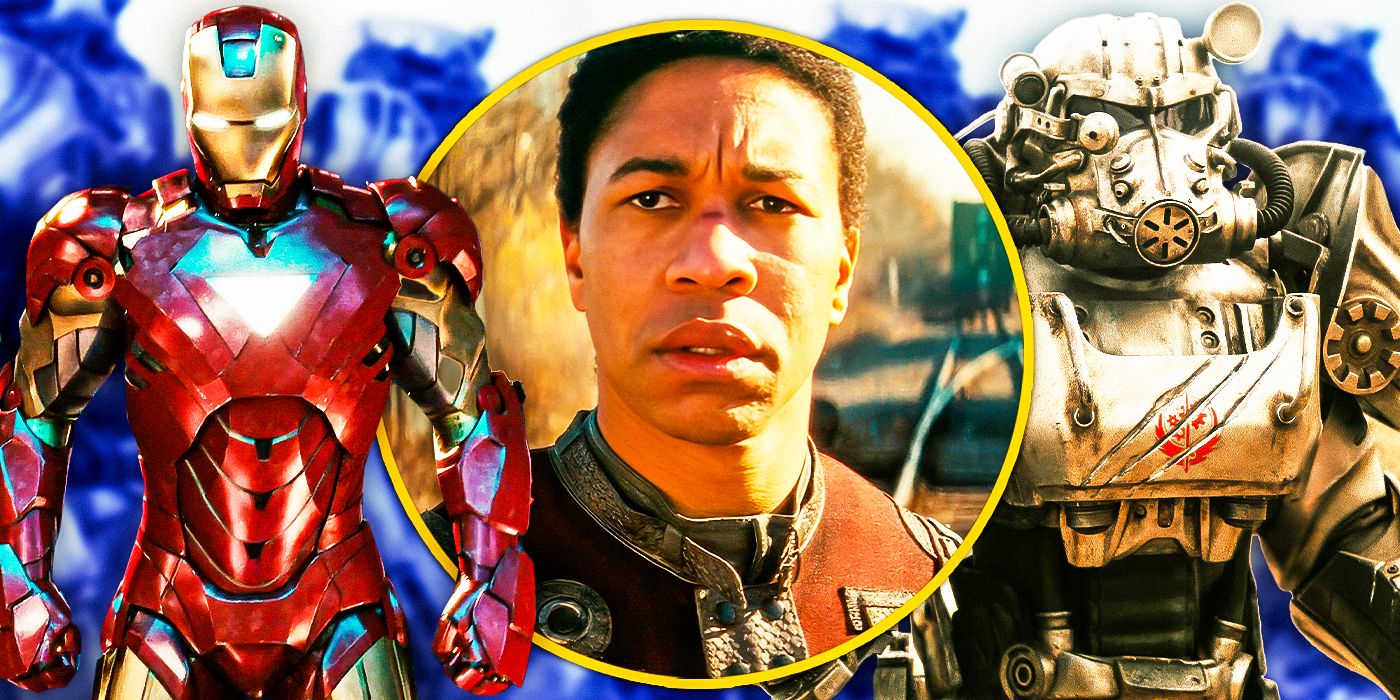
The iconic T-60 power armor suits featured in Prime Video’s Fallout adaptation boast a secret connection to Tony Stark’s Iron Man armor. Among the many original game elements featured in Prime Video’s new show is the T-60 power armor first introduced in 2017’s Fallout 4. Originally built for the U.S. Military in the months preceding the nuclear apocalypse, the live-action adaptation features a set of mechanized armor coming into the possession of Aaron Moten’s Maximus following the death of his sworn charge, Knight Titus from the Brotherhood of Steel.
During an interview , Fallout’s production designer Howard Cummings revealed that Maximus’ armor shared a hidden connection to the Iron Man armor featured in the Marvel Cinematic Universe. Explaining that in order to bring the armor’s effects to life, they needed to build a practical suit that could be combined with CG effects. As such, they approached Legacy Effects, the company known for its work on the original Iron Man movies. Cummings also credited the practical nature of the suit with helping to immerse viewers into the world of the games. Check out his comments below:
Because it was important to everybody that there’d be reality mixed with CG. For instance, we wanted the suit to work. That’s the first thing I did. I was like, “Do you know how long that takes?” I had never really done it. We got this company called Legacy, who does Iron Man and all that stuff, and they were experts at it. But, to make this suit fully functional, have actors get in it, as well stunt people, that was a real challenge. But, it was very important that these tangible things be mixed with the things that were enhanced. So, I think that helps make you feel like you’re in the game more, because so much of it is real.
How Fallout’s Power Armor Perfectly Reflects The Show’s Main Themes
Fallout’s T-60 Armor Is Not Quite What It Seems



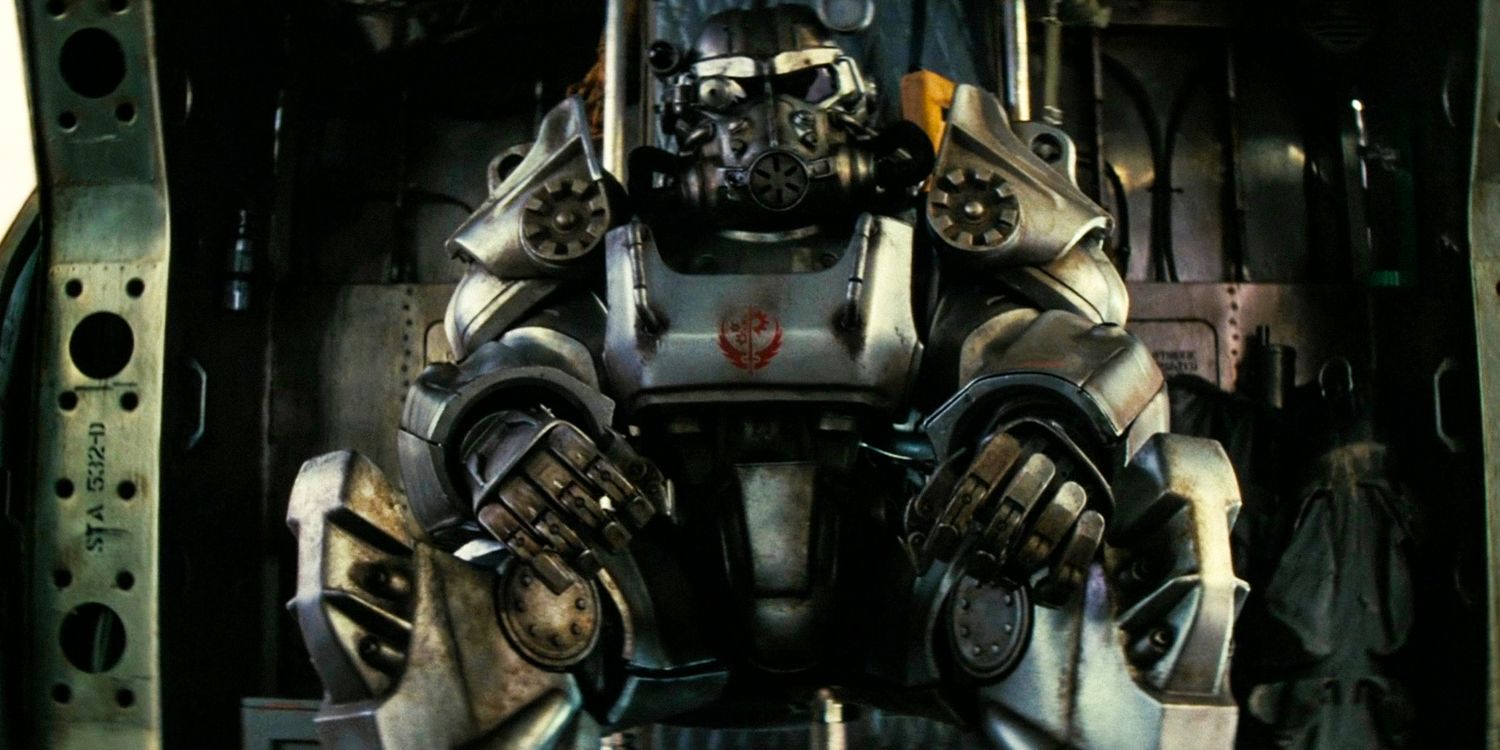
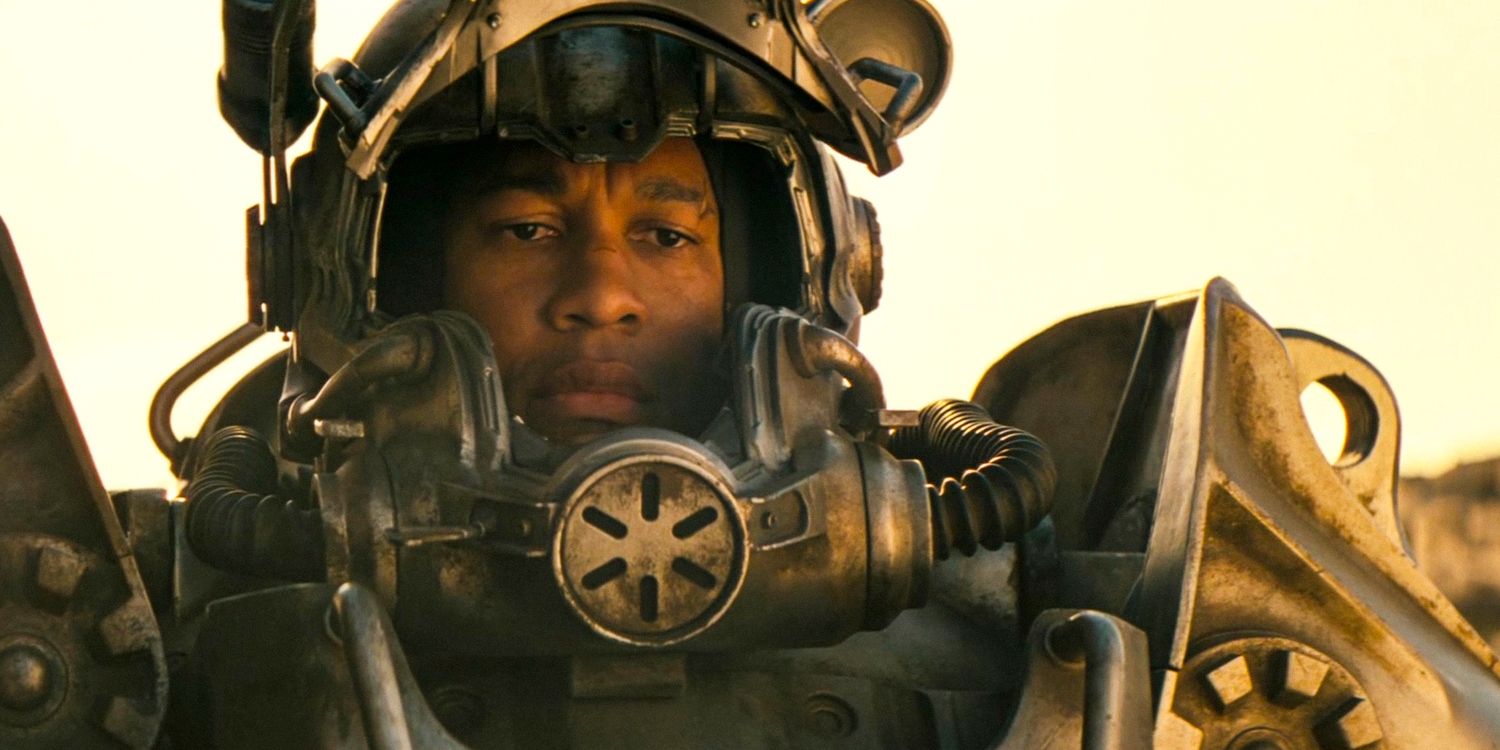
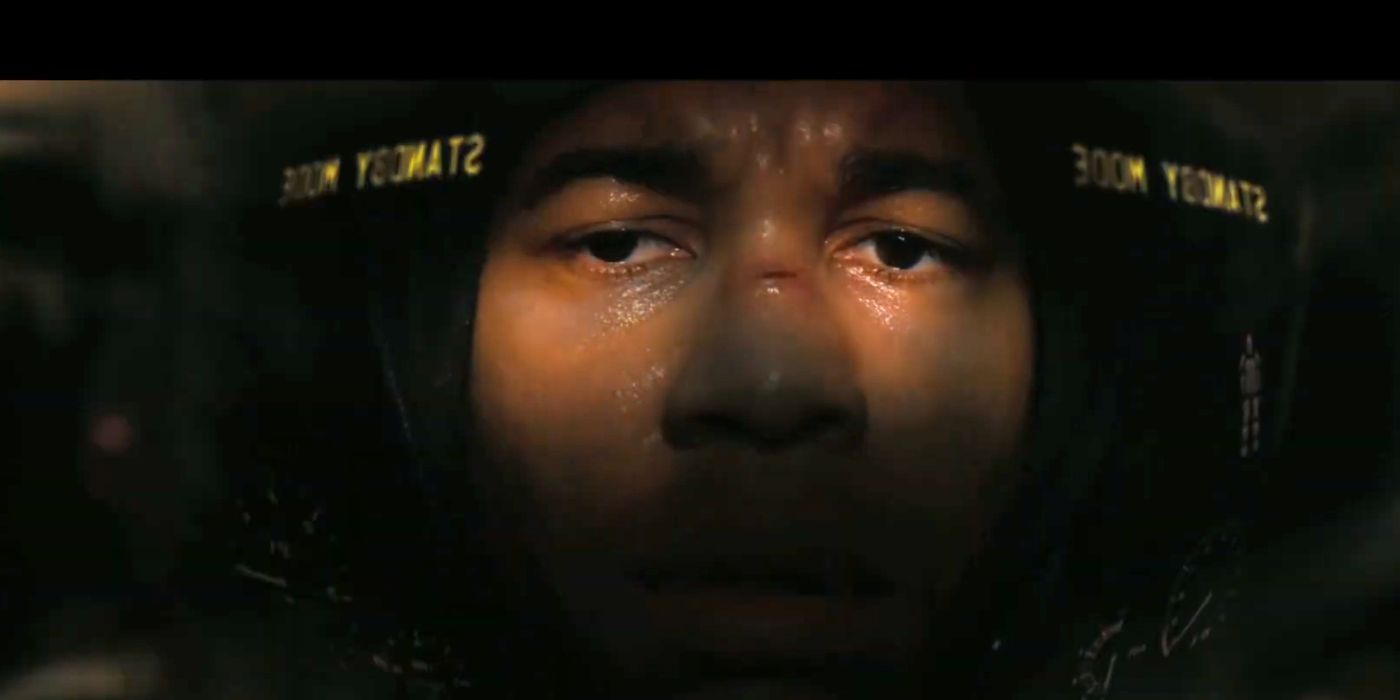
While Fallout’s power armor may share a behind-the-scenes connection with the MCU’s Iron Man armor, it ultimately fails to offer its wearers the same kind of heroic edge that Tony Stark once enjoyed.
Proudly worn by the Knights of the Brotherhood of Steel, the T-60 power armor at first glance seems to be the ideal protection against the show’s threat-filled world. Capable of deflecting bullets, enhancing the strength of its wearer and even flight, in the post-apocalyptic wasteland of Fallout,the T-60 seems to be the ideal solution for surviving in a world of untold dangers. However, much like everything else in the show’s alternate future, the T-60 is also revealed to offer little more than a false sense of protection and power.
Beginning with the revelation of the actual Knight Titus being a self-interested coward with little regard for his order’s grandiose ideals, the reality of the T-60 ultimately falls well short of Maximus’ hopes, who has coveted his own set for so long. Not only does the wayward squire eventually learn that his armor is easily decommissioned without its power core, but in the Fallout finale, the Ghoul proves the suits are also vulnerable to a fatal design flaw shared by their predecessors.
It is this divide between the projected ideal and the disappointing reality that underpins so much of Fallout’s narrative. Much like Lucy’s naive belief in the inherent goodness of the Vault-Tec Vaults and their mission to save humanity, Maximus’ desire to claim his own power armor is quickly revealed to be little more than folly in a world where little is as it actually seems. While Fallout’s power armor may share a behind-the-scenes connection with the MCU’s Iron Man armor, it ultimately fails to offer its wearers the same kind of heroic edge that Tony Stark once enjoyed.

